6 Ways to Look after your feet
Your feet are as important as your badminton rackets, maybe more so
You can always change your racket but you cant change your feet!
It’s important to look after your feet after training and between matches
Don’t neglect them until you have problems
Every professional player currently has issues with their feet –
fungus infections, cracked or bruised heels, toenail issues or that they are just sore most of the time
Wouldn’t it be great to hear what they do to look after their feet, but would you ever ask?
These are the conversations that contain the information you need, but would they tell you !
These 6 tips should help you with the smells, blisters, hard skin, cracked heels, sharp nails and much more. Ask yourself how many you already know and how many you include in your foot care routine.
– – – – – – – – – – – – – – – – – –
1 Sweaty and smelly feet!
2 Take care of all your shoes
3 Have a routine : take the test to achieve 100%
4 How to deal with In-growing toe nails
5 What to do between matches & training
6 Visit a Chiropodist / Podiatrist
– – – – – – – – – – – – – – – –
1 Sweaty and smelly feet
There are a number of conditions which can cause this and generally the problem can be worse in teenage years. Smelly feet are usually caused by a fungal or bacterial infection on your skin and between your toes, it can also grow on your shoes!
Good hygiene with daily washing, thoroughly drying the feet and wearing cotton rich socks will all help. Wash after every session and get to know your feet.

– – – – – – – – – – – – – – – –
2 Shoes
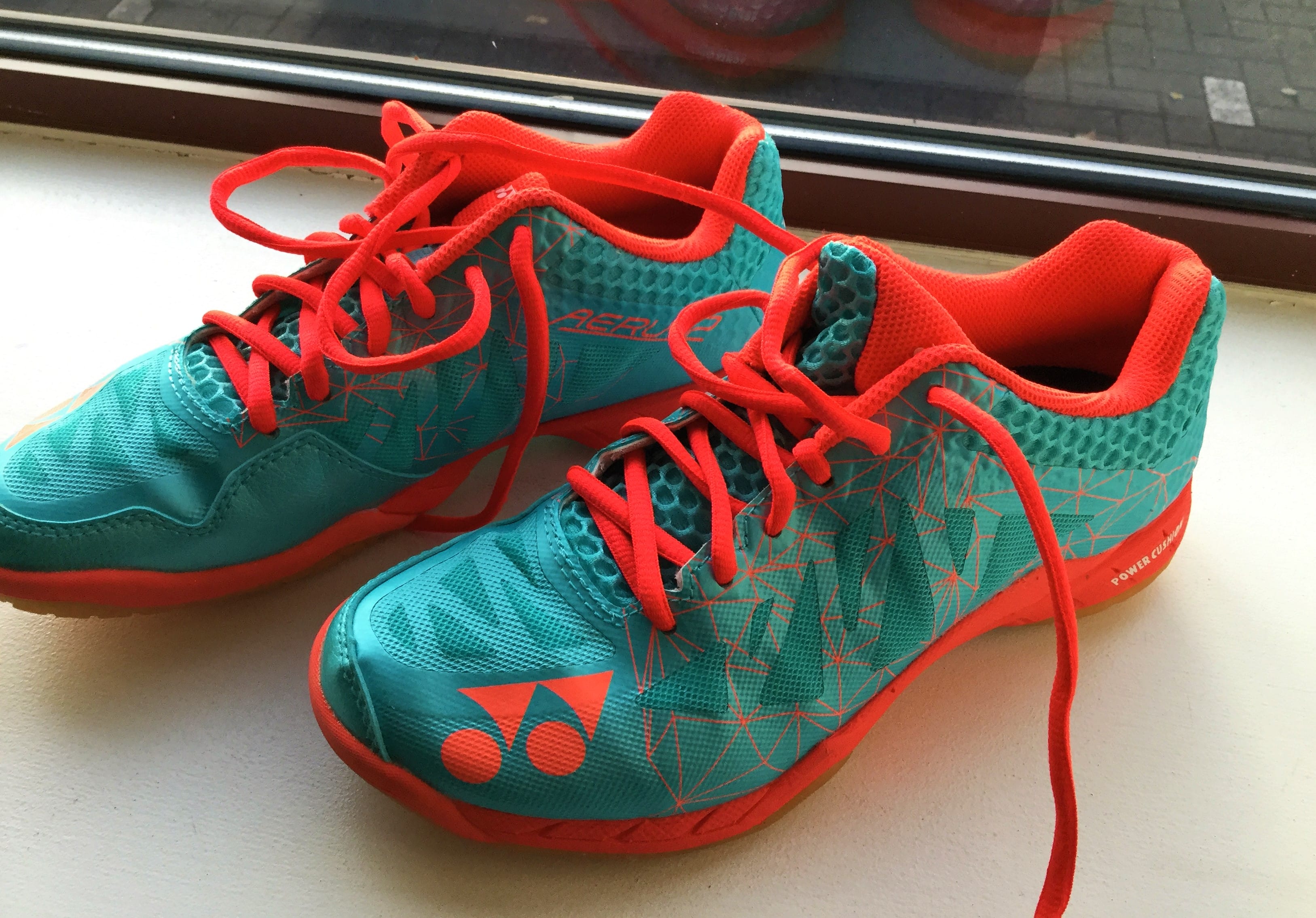 Playing shoes and running shoes should both be dried out if they become damp and after training sessions. Do not leave them in your bag between sessions, they will turn brown and start to rot! Go and check now to see if they smell!
Playing shoes and running shoes should both be dried out if they become damp and after training sessions. Do not leave them in your bag between sessions, they will turn brown and start to rot! Go and check now to see if they smell!
Get them out in the sun and let them dry out. Know one likes a smelly bag or smelly room at home on on Camp.
If you can afford it, have two pairs of both court and running shoes. Both need to be ‘worn in’.
I was recently told that a World Class player and European medallist has 3 number of playing shoes worn in at any time. She is sponsored by Yonex though. Her partner has 6 pairs of court shoes worn in and ready to use!
I recommend saving the laces from your old shoes and keeping them in your racket bag. One day you will pull your laces tight and they will break. It’s better to be prepared and of course this advice is completely free if your recycle your old ones.
Check your shoes regularly for signs of wear; this can often indicate a potential alignment or running style problem. Look inside and see where your insoles are wearing out. You may wish to simply buy a new pair of insoles or cushioned inserts. This will give your shoes a little longer before you need to change them.
Remember : Old smelly discoloured shoes need replacing.
– – – – – – – – – – – – – – – –
3 Routine: can you achieve 100%
Do these things regularly and make it part of your routine to look after your feet. How many of these 8 do you do on a regular basis?
.. Dry your court and running shoes. Don’t just leave them in your bag.
.. Wash your feet after EVERY session.
.. Dry your feet thoroughly, and remember between the toes.
.. Wear clean socks for every session and use powder before and after.
.. Trim your toenails straight and check every week, not just when they look long. Get someone to do it for you if you can’t reach.
.. Get to know your feet, examine them regularly for fungus infections, hard skin, corns, blisters, etc.
.. Massage them yourself or get someone to do it for you.
.. Wear flip flops or sandals when its hot.
.. Visit a Podiatrist or a Chiropodist – they are the same person just different names. It’s well worth the money. I reccomend a minimum of once a month.
– – – – – – – – – – – – – – – –
4 In-growing toenails
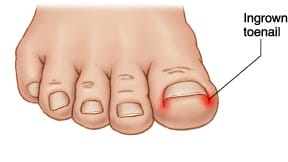 They are caused as the nail begins to grow back into the skin.
They are caused as the nail begins to grow back into the skin.
Commonly this is because the nail has been cut incorrectly or has broken off leaving a spike that pierces the flesh on one side of the toe. The area will become red, swollen and very painful.
They can also occur due to incorrectly fitting footwear or biomechanical faults that cause the toes to twist onto the nail edge.
Prevent them by cutting your nails straight across and don’t cut too low at the edge or down the side. The corner of the nail should be visible above the skin. Also, cut them after a bath or shower when they’re soft. Take a look at this UK NHS advice
Causes
- badly cut toenails – cutting your toenails too short, or cutting the edges, will encourage the skin to fold over your nail causing it to grow into the skin
- wearing tight-fitting shoes – this places pressure on the skin around your toenail
- sweaty feet – if the skin around your toenails is soft, it’s easier for your nail to pierce it and embed itself within it
- injury – for example, stubbing your toe can sometimes cause an ingrown toenail to develop
- natural shape of the nail – the sides of curved or fan-shaped toenails are more likely to press into the skin surrounding the nail
If it persists seek an appointment with a podiatrist, relieve the discomfort in the meantime by bathing your foot in a salty footbath. This prevents infection and reduces inflammation. Then apply a clean sterile dressing, especially if you have a discharge.
– – – – – – – – – – – – – – – –
5 Between matches and training
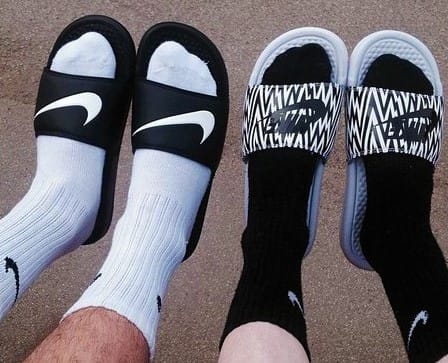 If you have more than an hour between matches, avoid wearing your playing shoes between matches.
If you have more than an hour between matches, avoid wearing your playing shoes between matches.
If you are at a camp then take off your playing shoes when you have a break between sessions and wear comfortable trainers or sandals. Give your feet a chance to breathe.
Take a quick shower and wash them, especially between your toes. Change your socks! It may surprise you how many players I’ve seen who don’t change them between camp sessions. If you would like more information about camps then take a look at 6 Ways to survive a Badminton camp and 6 Ways to enjoy your Badminton Camp
DO NOT walk around in bare feet or just socks! Use a pair of ‘flip flops’ or open toe sandals to let your feet breath.
Remember it’s ok to wear socks with sandals!
– – – – – – – – – – – – – – – –
6 Chiropodist / Podiatrist
 If problems persist, consult a State Registered Chiropodist/Podiatrist who can advise and help.
If problems persist, consult a State Registered Chiropodist/Podiatrist who can advise and help.
Try to go once a month, not just when you have problems.
It is well worth paying for a consultation; remember if your feet are out of action so are you! How you look after your feet is up to you, so act soon.

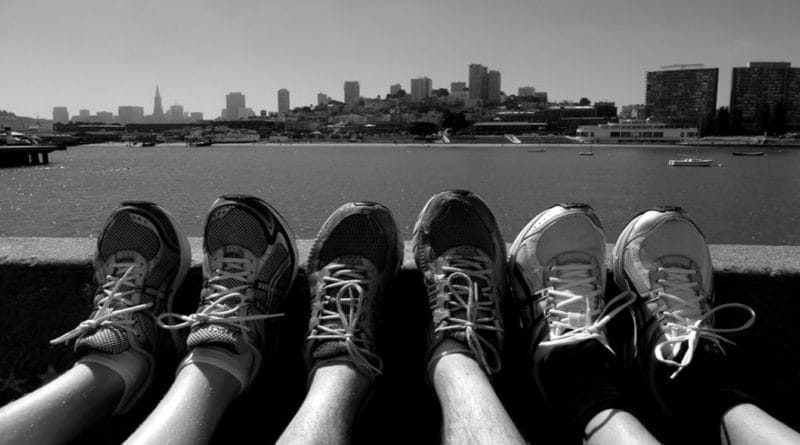
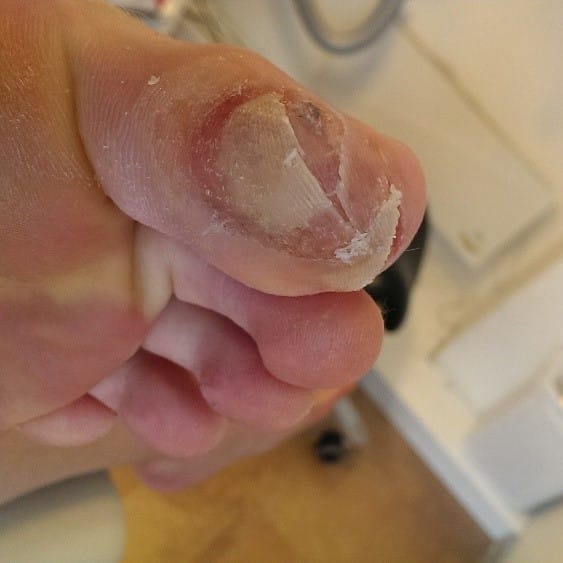



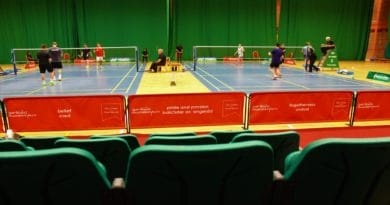
Thanks for explaining how ingrown nails happen when it’s been cut incorrectly, causing the area around it to swell up as it grows back ad how improper footwear and injuries can cause it. Your advice to visit a podiatrist if it persists in order to get professional treatment would be important. If you’re going to a podiatrist, it would probably be a good idea to research local doctors to find one that is available and is experienced in handling ingrown nails so that they can provide treatment as soon as possible and do it correctly so you can get rid of the discomfort and other problems.